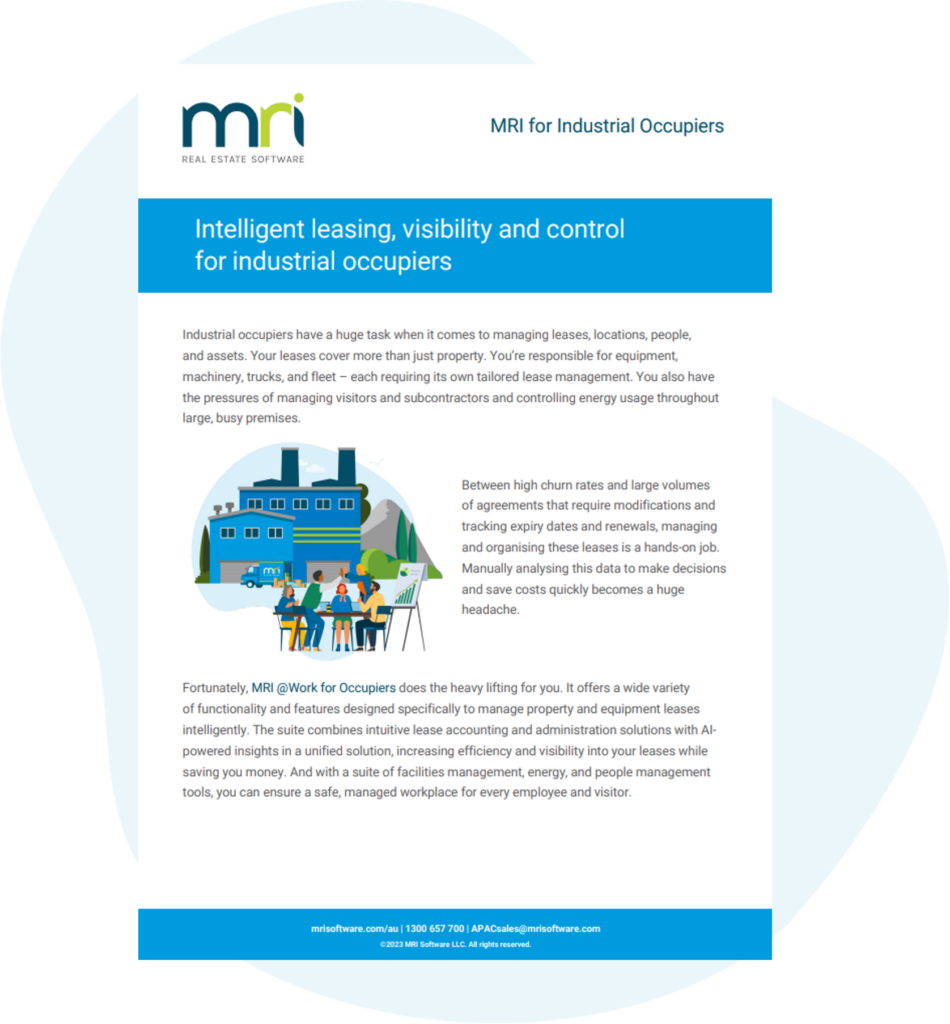Understanding and combatting “return to the office fatigue”
Businesses that have spent months inviting their employees back into the physical workspace are facing a new issue that’s been dubbed “return to the office fatigue.”
Through surveys and communications with employees and applicants, businesses found that even as in-person work became possible again, many workers desired a balance of in-office and remote work as opposed to one specific model. But now, with companies offering hybrid work strategies, the strengths and weaknesses are starting to emerge. “Return to the office fatigue,” a phenomenon similar to burnout among employees, is on the rise.
According to recent surveys, many workers consider a hybrid approach to be more emotionally taxing than fully remote arrangements.
If employees want hybrid work environments, then why are some people reacting negatively to the in-office aspect, and what can you do about it?
Working in-office still has virtual elements
Two years have really shaken up the definition of “team meeting,” with people calling in from the office, home, coffee shops, or abroad. Throughout the pandemic, many businesses fully embraced the remote work environment, even hiring employees who would not traditionally be able to commute to a physical office space. When these same businesses started bringing their workforce back into the office, many teams were still unable to physically convene everyone together in one place.
Returning to in-person meetings, with the whole team present in one place, is no longer a feasible option for companies who’ve embraced this kind of flexibility over the last two years. At its best, an office space can be the beating, communal heart of an organisation — a place where teams can come together and collaborate. Instead, employees hoping to reunite with their co-workers (or in some cases, meet for the first time) may have been discouraged to learn that even after two years of being apart, work in the office still had a virtual component. Several months in, employees could be wondering: Why come into the office if meetings are still virtual? When starting at this line of questioning, it’s not hard for someone to arrive at a broader issue: the commute.
Offices should be commute-worthy experiences
The pandemic showed many organisations that remaining productive outside a traditional office space isn’t just possible – many employees preferred it. Bringing employees back to the office was never going to be an easy, one-and-done task, nor would all organisations be able to establish a one-size-fits-all hybrid work environment. Different workforces have different requirements, and the past two years have given employees so much freedom to choose how they work that they won’t want to conform to a setting that might not fit their work style.
“Why would I drive, in some cases an hour each way, to simply sit at my computer for eight hours?” This question is causing a new shift in perception of what employees want and providing a new issue that employers must deal with. How do businesses balance keeping people happy in the office while also ensuring their time is meaningful and productive? Businesses will need to turn their workplaces into engaging, collaborative spaces to give employees an incentive to make the commute and return to the office.
Defining an agile hybrid workplace with technology
As businesses across the globe bring employees back to the office, technology can be the main driver in creating innovative workspaces that keep employees connected, no matter where they are. Before the return to the office began, many employees expressed genuine excitement at the thought of reuniting with everyone. Utilising the right solutions can help you turn the office into a place where that excitement is welcomed, encouraged, and harnessed to create a stronger sense of community and productivity.
- Tech-enabled meeting rooms, where employees can collaborate easily in person and virtually, ensure that no one is missing out on the full work experience.
- Tools to sign-in to offices can monitor employee activity across the space and efficiently manage visitors.
- Desk booking systems that provide access to desks and meeting rooms for employees who travel to remote offices make them feel like part of the team, and not separated from their coworkers.
- Predictive analytics and utility usage insights can help determine which days would be best for different teams to work in-office together.
Hybrid work is something that employees have expressed a desire for, and there is inherent value and benefit to bringing in these employees periodically to keep collaboration alive. The right technology can enable you to turn your office space into a commute-worthy experience, driving collaboration among your employees and driving productivity. Learn how you can transform your workspace into a thriving workplace with technology.
Simplify the complexity of industrial and logistics property management
We know maintaining safe, cost-efficient and productive facilities is vital for your business to succeed and drive company performance. For industrial and logistics occupiers, there’s an enormous range of tasks involved in delivering this core benefi…

